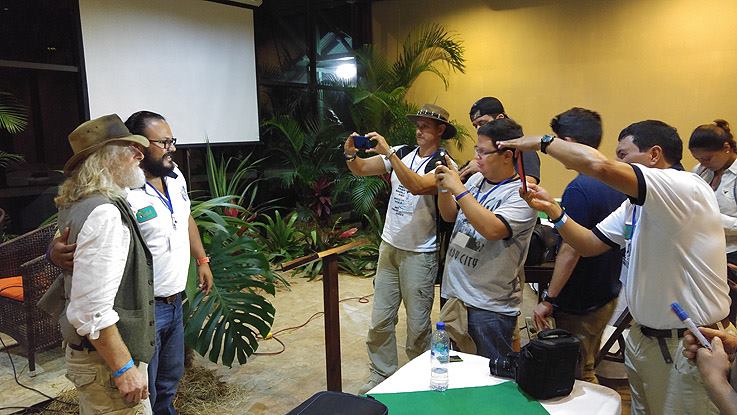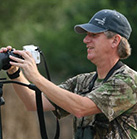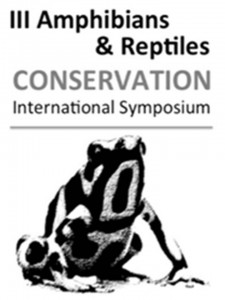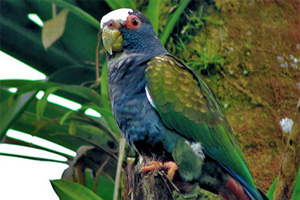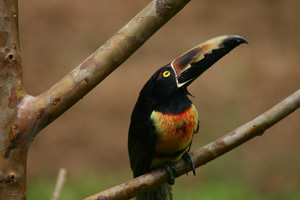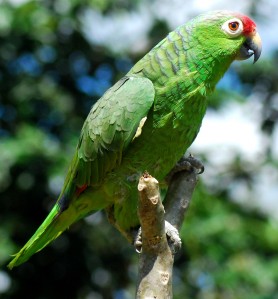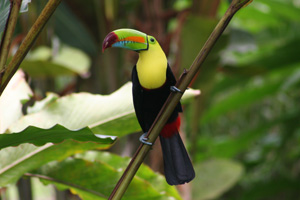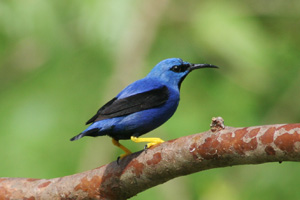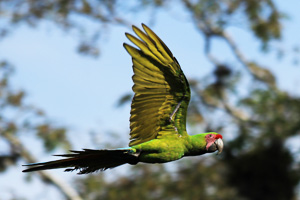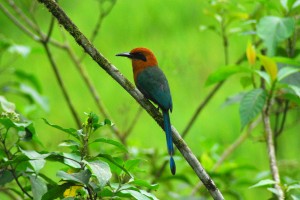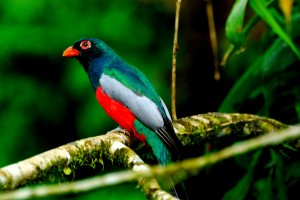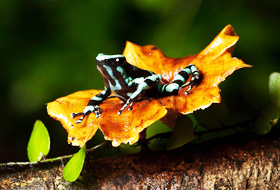
Taller de Fotografía de Naturaleza en Selva Verde Lodge impartido por Jaime Culebras (Septiembre 8-12, 2017)
El renombrado fotógrafo Jaime Culebras estará ofreciendo un taller en Selva Verde Lodge sobre fotografía de la Naturaleza. Por 5 días, los participantes exploraran la increíble biodiversidad de Sarapiquí, y aprenderán como capturarla en su esplendor!. adicionalmente el herpetologista Cesar Barrio Amorós, estará presente en el taller. El taller será presentado en Español.
Únete a Jaime Culebras en Selva Verde Lodge Reserva Privada para un taller de 5 días explorando la increíble biodiversidad de Sarapiquí y aprendiendo a capturarla en su mejor momento! Además, nuestro buen amigo, el herpetólogo Cesar Barrio Amorós, estará presente en el taller.
No se trata de ceñirse a aprender sobre el manejo de una cámara, sino llegar más allá, entrenar la mente y ojo para hacer de la fotografía nuestro mejor aliado para plasmar en pequeños instantes imborrables los mejores momentos que vivimos en la naturaleza. Se trata de visualizar la foto antes de realizarla, aprender sobre las condiciones ambientales y del medio para así poder aprovechar cada instante en el campo, marcando la diferencia entre la típica foto y una foto que rompe lo cotidiano.
Selva Verde Lodge tiene la suerte de encontrarse en un enclave incomparable, las tierras bajas de la vertiente atlántica de Sarapiquí, una región con una explosión de formas y colores naturales que le confiere un valor añadido a este taller, para exprimir al máximo ese enigmático mundo que es la fotografía de naturaleza.
Read more
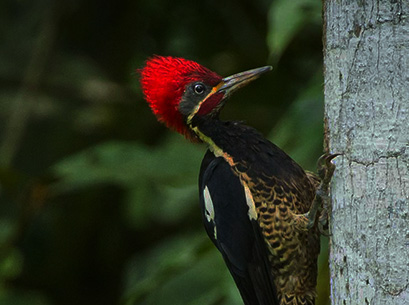







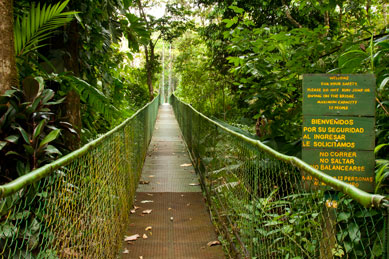
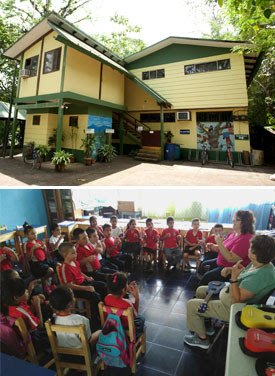 When you experience Selva Verde, you don’t want to miss a trip next door to the Sarapiquí Conservation Learning Center (SCLC). With the mission to link communities and conservation through education and ecotourism in the Sarapiquí region, SCLC continues to thrive! SCLC programs include environmental education, rural tourism activities, English classes, community outreach, women’s groups, and scholarship funds for high school students. Programs are run by international volunteers and community members and serve hundreds of local people and thousands of ecotourists each year.
When you experience Selva Verde, you don’t want to miss a trip next door to the Sarapiquí Conservation Learning Center (SCLC). With the mission to link communities and conservation through education and ecotourism in the Sarapiquí region, SCLC continues to thrive! SCLC programs include environmental education, rural tourism activities, English classes, community outreach, women’s groups, and scholarship funds for high school students. Programs are run by international volunteers and community members and serve hundreds of local people and thousands of ecotourists each year.